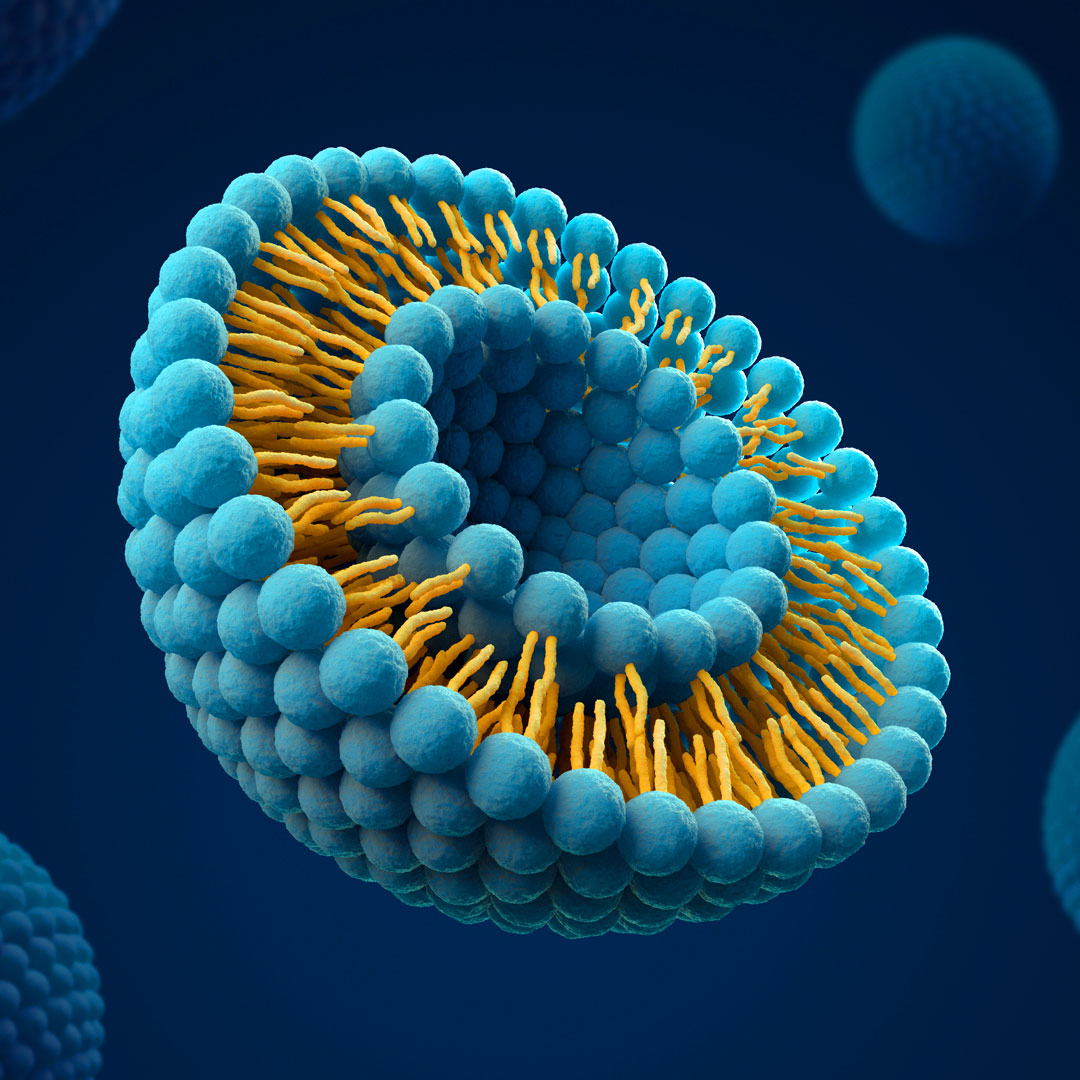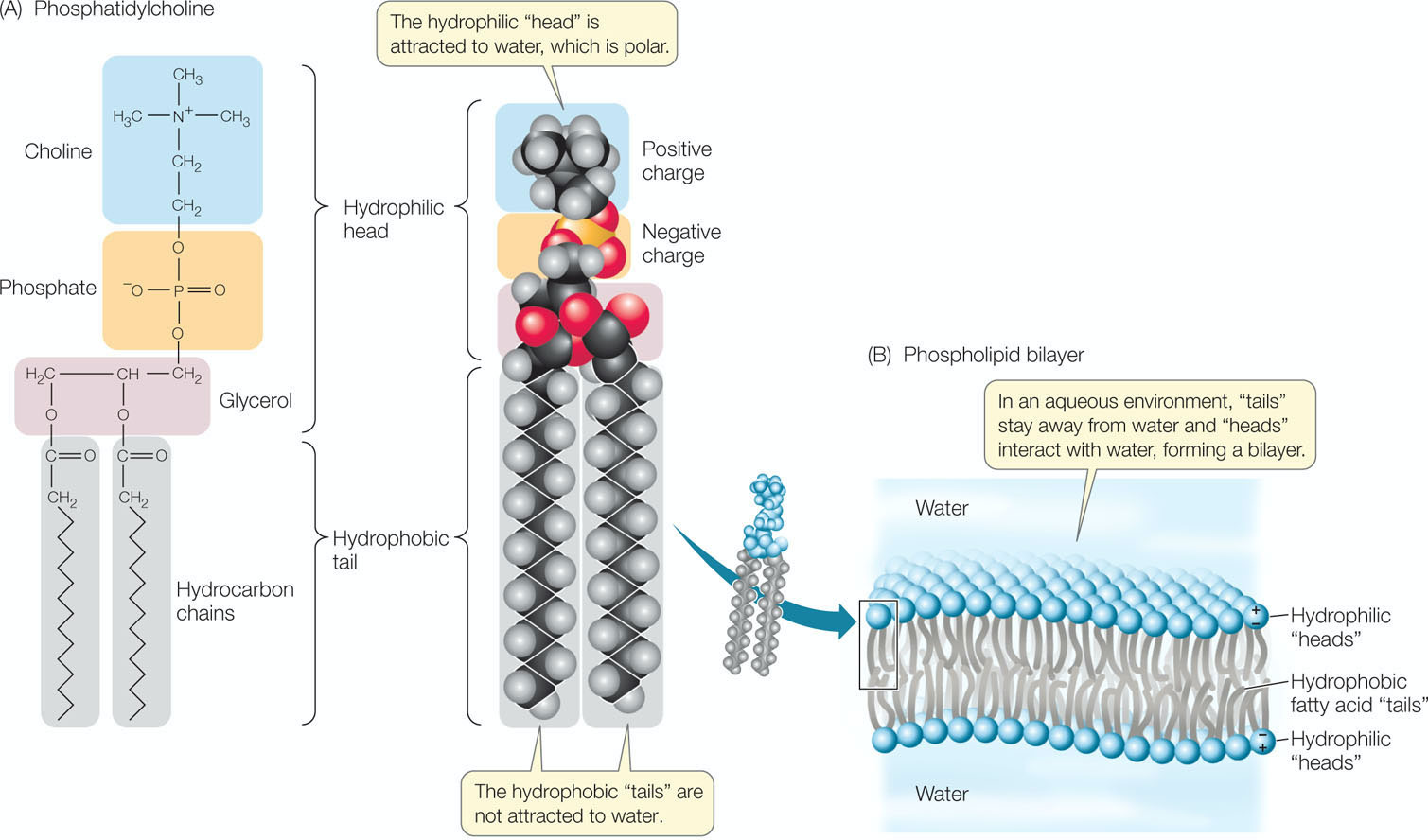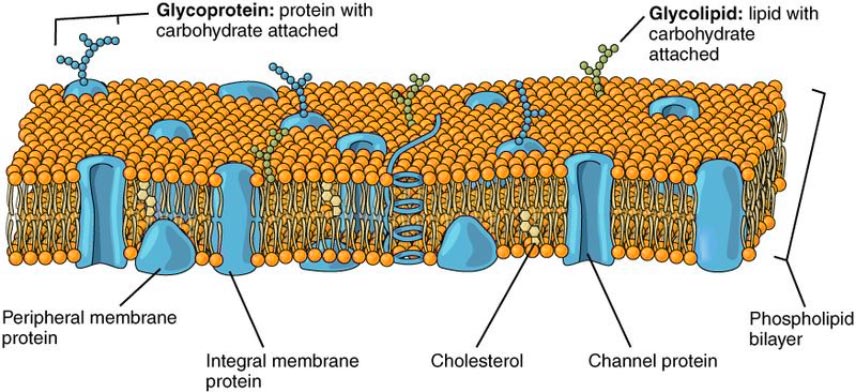Phospholipid Visions:
Reformulating pharmaceuticals, cosmetics and food
These pages focus on how to develop innovative formulations with Phospholipids. They are about improving existing formulations, developing line extensions and coming up with new ideas for making formulations with difficult ingredients.

Broaden your horizon
Very often we are stuck in our working when applying conventional pathways. Phospholipids offer new and exciting opportunities for solving problems in formulation work.
There always is a way
Phospholipids offer unique properties that may exactly match what you are looking for. They are versatile ingredients and excipients, making use of what nature has developed over millions of years to solve challenging problems in biochemistry.
Application areas
We will show you, in which industrial applications purified Phospholipids are employed.
And we present ideas, where and how they could play a future role in optimizing formulations.
Pharmaceuticals
Pharmaceutical formulations are by far the most explored, best documented and most versatile area of Phospholipid application. Their use now even extends to vaccines for stimulation of immune-response to Covid-19. And there are many more opportunities for future use of these versatile excipients.
Read moreCosmetics
Following the initial use of fluid lecithins in cosmetic formulations, the development of more purified and standardized phospholipids opened new areas of application. As biomimetic ingredients they are becoming more and more popular in innovative natural cosmetics.
Read moreCosmeceuticals
Phospholipids can be used with a wide range of non-pharmaceutical ingredients. Vitamins and other skin-nutrients can be formulated in liposomal form for dermal and transdermal delivery. Phospholipids also open new pathways for stimulating hair growth and protecting hair against damage.
Read moreFood
Diversity of Phospholipid use is amazing. As in pharmaceuticals, bioavailability of essential nutritional ingredients pharmaceuticals can be promoted. And by offering them via transdermal or transmucosal applications, breakdown of valuable ingredients in the digestive tract can be avoided.
Read moreNutraceuticals
It is no secret that many healthy micro-nutrients must be added to our diet in high dosage to allow absorption of a small quantity before the rest is eliminated by the digestive system. Formulating such nutrients in liposomal form may be innovative alternatives.
Read moreWhat's your vision?
Should you wish to contribute your idea for reformulating products in the above areas, please write to us on
ideas@phospholipid-visions.comFrequently Asked Questions
What are Phospholipids?
Phospholipids (also spelled fosfolipids) are membrane lipids - the natural building blocks of all cell walls.
History: In 1850 a component of egg yolk was isolated by Maurice Gobley who called the substance “lecithin” (from the Greek word “lekithos” for egg yolk). A German scientist, Johann Tudichum (1829-1901), wrote in his “Treatise on the chemical constitution of the brain” (1884) that he had found a substance that was a mixture of lecithin, cephalin and myelin in the form of phosphatides. He believed that this “Protagon” was “the center, life, and chemical soul of all bioplasm”. Lecithin and Phospholipids remained in the scientific labs until - in 1924 - the first commercial production of Lecithin was started at Hansamuehle in Hamburg.
What is the difference between Lecithin and Phospholipids?
Today the term “Lecithin” is commonly used for a mixture of different phospholipids and some other components.
- Crude liquid lecithin, containing about 30 % of oil. It is a by-product of crushing oil seeds, such as soya, sunflower and canola (rape seed). Global production of crude lecithin is approx. 450 – 500.000 metric tons p.a.
- Oil-free lecithins are available in the form of powders or granules. Global production of oil-free lecithins is around 30.000 metric tons p.a.
- A relatively small quantity of lecithin is derived from egg yolk, supplying babies with essential long-chain fatty acids. The pharmaceutical industry is using phospholipids derived from egg lecithin in the production of Total Parenteral Nutrition (TPN emulsions).
- Lecithin and Phospholipids can be derived from many other origins (e.g. milk, marine animals, fungi, bacteria etc.). Currently the commercial use is small.
- Lecithin is the basic material for producing purified Phospholipids
In the past, most scientist talked about “Lecithin” when they meant only one specific Phospholipid (Phosphatidyl Choline). Occasionally we still find this old term in scientific literature.
What is the chemical structure of Phospholipids?
The amphiphilic phospholipid molecule consists of two functional parts that are connected by a glycerol backbone:

What types of Phospholipids exist?
Chemical composition of the head group determines the type of Phospholipid. The most common natural Phospholipids are:
- Phosphatidyl Choline (PC)
- Phosphatidyl Ethanolamine (PE)
- Phosphatidyl Inositol (PI)
- Phosphatidic Acid (PA)
- Phosphatidyl Serine (PS)
Based on further changes to physical and chemical properties the following Phospholipids products exist:
- Lyso-Phosphatidyl Choline (LPC)
- Hydrogenated Phosphatidyl Choline (HPC in powder form) offering higher oxidative stability and lower hygroscopicity
When the glycerol backbone in the chemical structure of phospholipids is replaced by Sphingosine (an amino-alcohol) the resulting products are called sphingolipids. The two most common ones are:
What are the physiological functions of Phospholipids?
The cell walls of every living being mainly consist of Phospholipids. They are literally building blocks of life and part of a transport system for delivery of nutrients into the cells and removal of residues from them.

Biosynthesis of Phospholipids takes place in the endoplasmatic reticulum and the Golgi apparatus.
Our body usually produces its own demand of phospholipids, but supplementing our diet with them may have a positive influence on metabolism.
In the blood stream, Phospholipids form plasma lipoproteins as LDL (low density lipoproteins) and HDL (high density lipoproteins).
What are the technological functions of Phospholipids?
Because of their excellent biocompatibility, natural phospholipids are used as
- emulsifiers
- solubility enhancers
- creators of protective films
- suppliers of micelles and liposomes
- micro and nano encapsulators
What industries are they used in today and what can be future applications?
For more details go to the applications pages for your industry.
What are lipid-based nanoparticles?
Lipid-based nanoparticles are created by converting phospholipid bilayers into round lamellar vesicles (usually called liposomes). Size and stability of such nanoparticles depend on processing method, type of phospholipid used and additional ingredients (e.g. PEGs or Macrogol, a non-toxic polymer).
Contact our experts

Lucas Meyer

